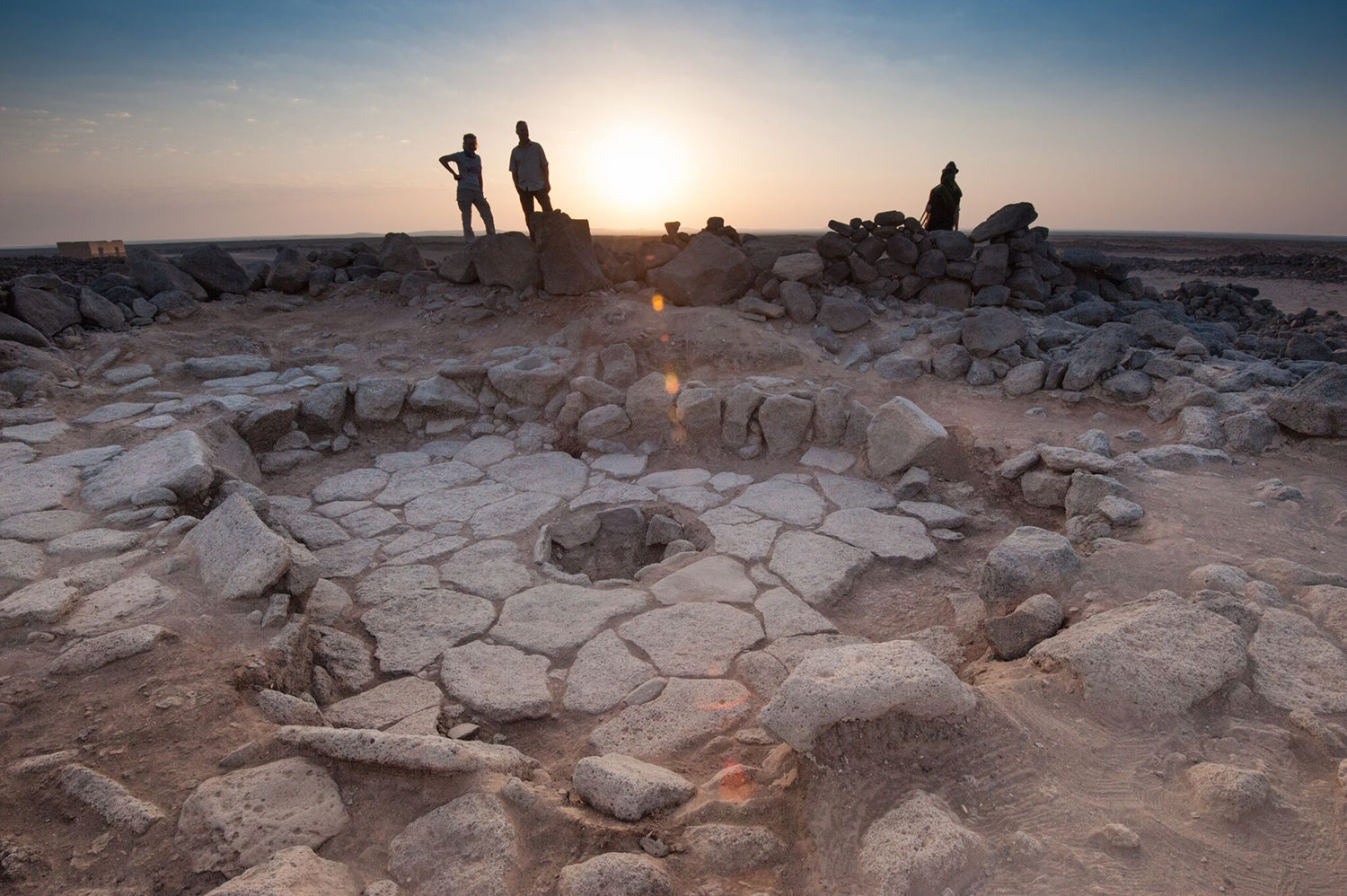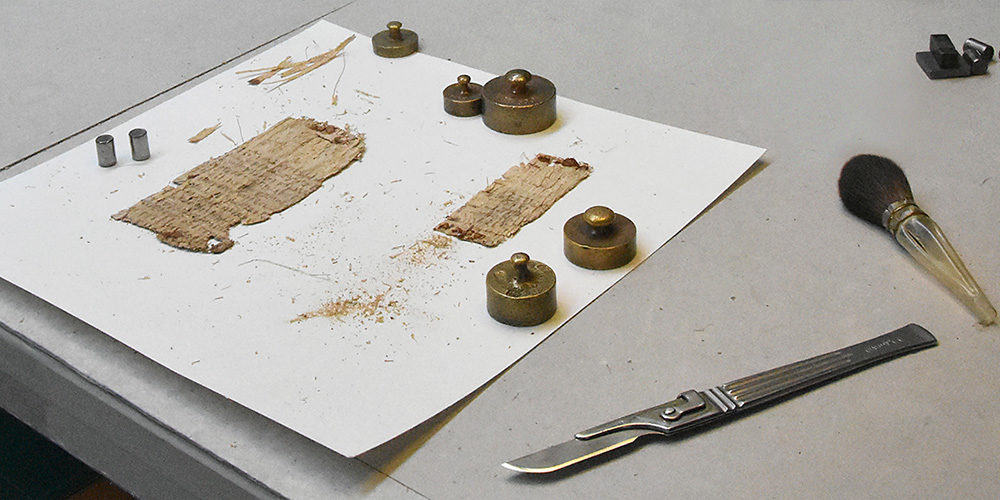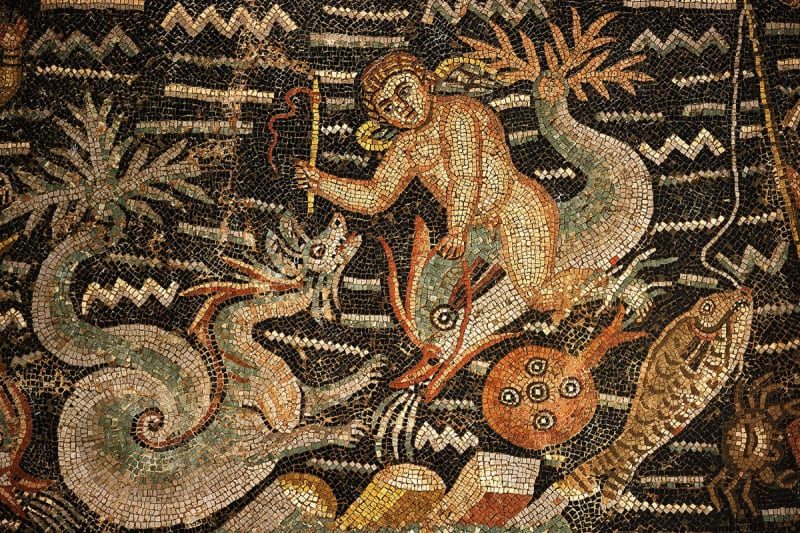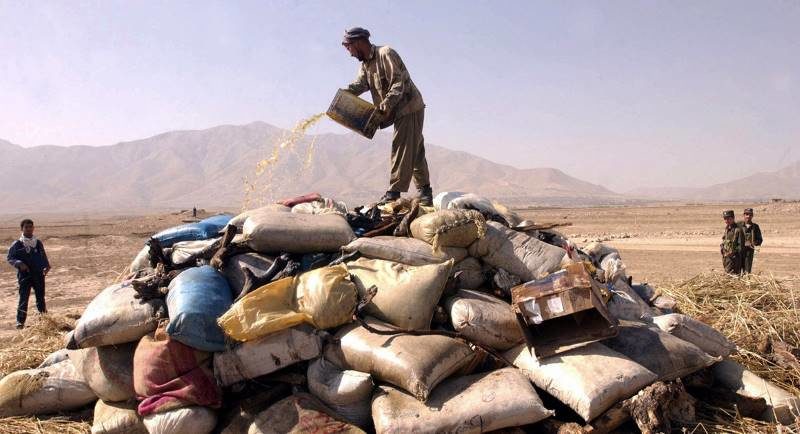
© Alexis PantosOne of the stone structures of the Shubayqa 1 site. The fireplace, where the bread was found, is in the middle.
At an archaeological site in northeastern Jordan, researchers have discovered the charred remains of a flatbread baked by hunter-gatherers 14,400 years ago. It is the oldest direct evidence of bread found to date,
predating the advent of agriculture by at least 4,000 years. The findings suggest that bread production based on wild cereals may have encouraged hunter-gatherers to cultivate cereals, and thus contributed to the agricultural revolution in the Neolithic period.
A team of researchers from the University of Copenhagen, University College London and University of Cambridge have analysed charred food remains from a 14,400-year-old Natufian hunter-gatherer site - a site known as Shubayqa 1 located in the Black Desert in northeastern Jordan. The results, which are published today
in the journal Proceedings of the National Academy of Sciences, provide the
earliest empirical evidence for the production of bread:"The presence of hundreds of charred food remains in the fireplaces from Shubayqa 1 is an exceptional find, and it has given us the chance to characterize 14,000-year-old food practices. The 24 remains analysed in this study show that wild ancestors of domesticated cereals such as barley, einkorn, and oat had been ground, sieved and kneaded prior to cooking. The remains are very similar to unleavened flatbreads identified at several Neolithic and Roman sites in Europe and Turkey. So we now know that bread-like products were produced long before the development of farming. The next step is to evaluate if the production and consumption of bread influenced the emergence of plant cultivation and domestication at all," said
University of Copenhagen archaeobotanist Amaia Arranz Otaegui, who is the first author of the study.




Comment: The heatwave and drought in the UK and Ireland has led to unprecedented wildfires and crop damage but it also seems to be revealing more than a few formerly concealed sites: Heatwave reveals undiscovered ancient henge in Ireland